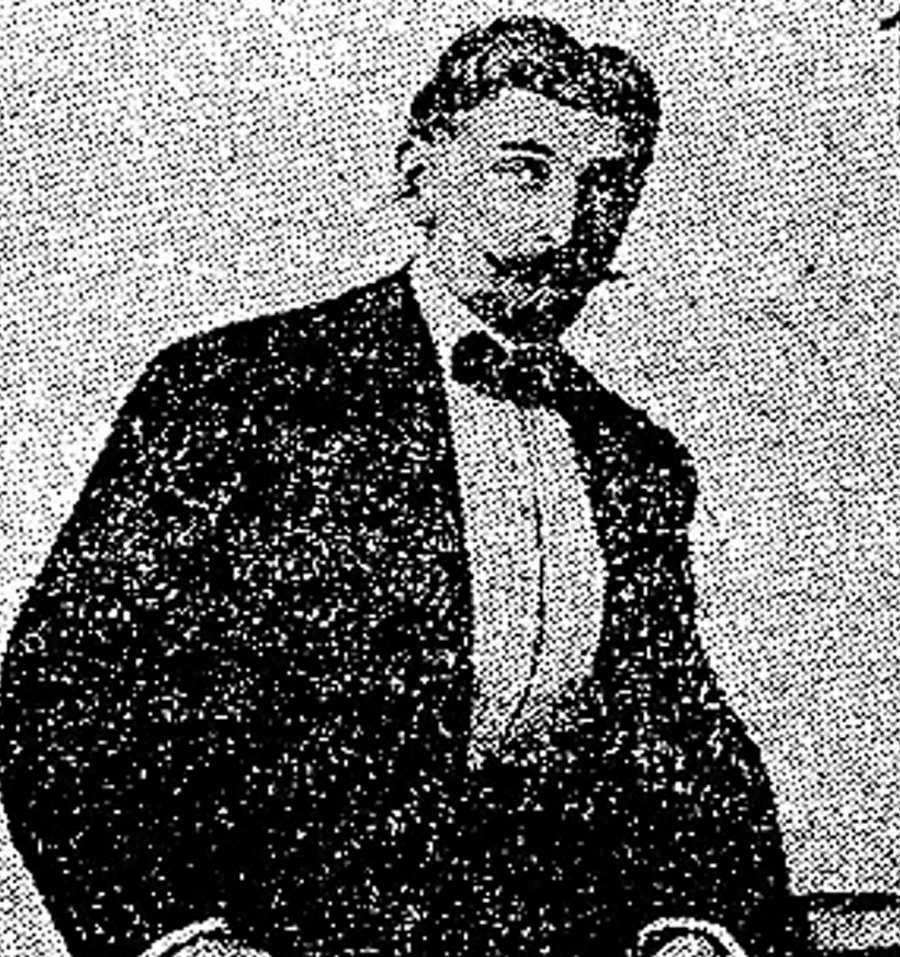Applied laboratory science never ceases to amaze me!
Take Van Gieson's picro-fuschine staining for collagen fibers. In this solution, you have two anionic dyes, picric acid and fuschin acid, which theoretically stain the same cationic structures. So how is it that the staining gives us a clear and easily distinguishable red collagen stained with fuschin and the other structures (cytoplasms and globules) stained yellow with picric acid?
It would seem that the difference in size of the two molecules is the key to understanding this enigma. Smaller picric acid molecules are more likely to bind to dense structures, while larger molecules like fuschin are more likely to stain loose tissues like collagen. Picric acid's rapid diffusion would also contribute to this effect, staining quickly whereas fuschin acts more slowly. And once the chromophores are attached, salt bonds are created, contributing to the dye's diffusion by absorption.
The result depends more on the porosity and permeability of the different tissues to be stained than on competition between two anionic chromophores! Surprising all the same! The same principle also applies to Masson's Trichrome between Briebrich scarlet and fuschin. Of course, as always when working with picric acid, one has to be extremely careful because, in addition to being toxic and staining skin and clothes for a long time, this product is explosive when dry (or dried on the neck of the bottle!) Ready-to-use solutions are available on the market to avoid these worries.
All these physical principles have been used in histology for a long time and are still in use today! Thank you Mr. Ira Van Gieson!
| 470, avenue Laurendeau, Montréal-Est (Quebec) H1B 5M2 | |||
| Phone: | 514 498-3620 | Toll free: | 833 498-3620 |
| Email: | chaptec@chaptec.com | ||


